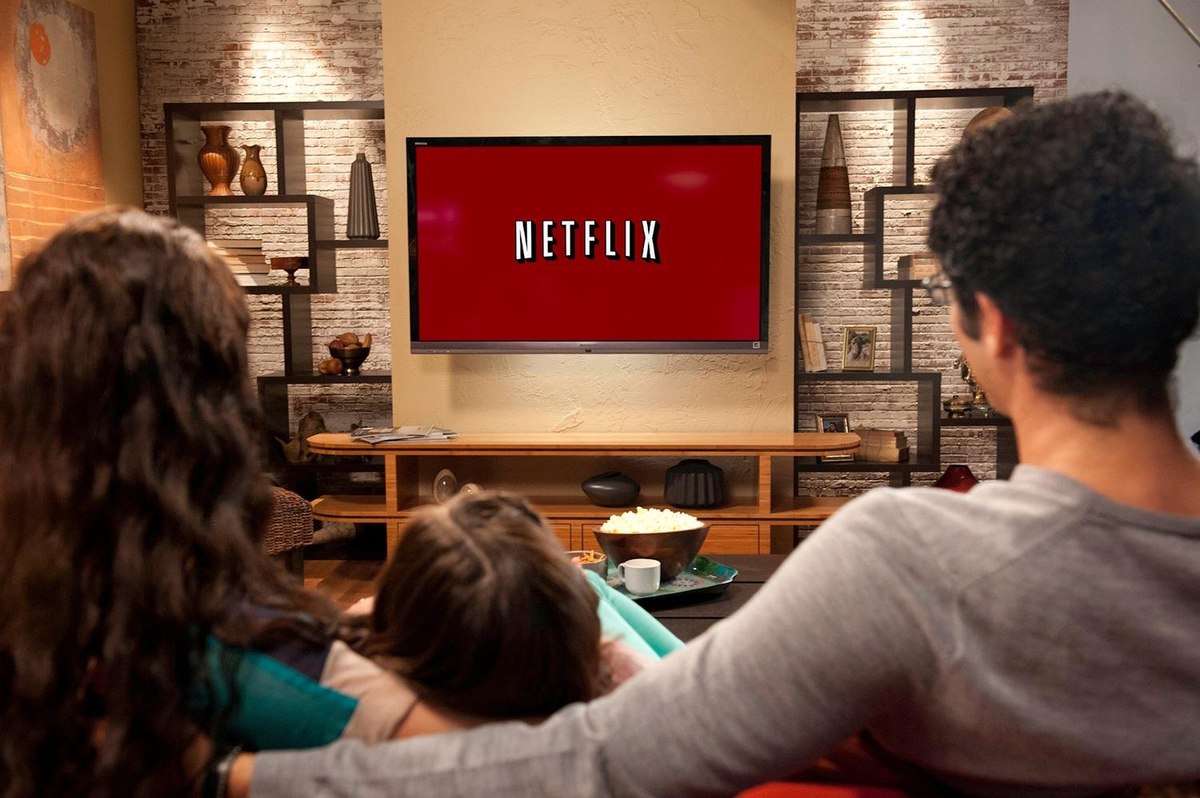
Across APAC, Netflix is most welcomed in the Philippines and China
YouGov investigates TV viewing habits and preference for on-demand video providers in APAC: Awareness of Netflix is low but purchase intent is high in China
After launching in Australia, New Zealand and Japan in 2015, the global streaming video provider Netflix has further expanded its footprint to other countries in Asia Pacific this year. What is the acceptance of this sort of content offer in APAC? Does the rise of Netflix affect the way APAC audiences watch televised content? To investigate the TV viewing habits and the popularity of different on-demand video providers across Asia Pacific, YouGov conducted an online survey in May 2016 and talked to 15,580 respondents across Asia Pacific.
Basic findings
On average, people in APAC spend around 6 hours per week watching TV. However, despite the prevalence of on-demand video, over 80% of people (83%) still watch TV via broadcast TV channels, with 59% of respondents watch on-demand content via TV, 61% watch on-demand content via desktop / laptop computer, and 56% watch on-demand content via mobile devices.
YouTube is the most popular on-demand video streaming service in most APAC markets except for China
Among those who have been using on-demand video streaming services in APAC, 7 out of 10 (72%) use YouTube, its popularity far ahead of the next ranked service providers Google Play (31%). YouTube is ranked No.1 across Asia Pacific countries with the exception of China, where YouTube and Netflix are not available. In China, the majority of respondents use YouKu (74%) and WeChat (60%) instead.
2 out of 10 people in APAC use web links or torrent sites, while 3 out of 10 in the Philippines do so
There’s close to 20% of respondents in APAC (19%) admit that they use web links or “torrent” sites to view content such as TV dramas / movies / sponsors on their computer, tablet, smartphone or TV. The key drivers are that it’s free of charge (49% said this) and that this method provides timely and up-to-date content (49% said this). And the proportion of using web links or “torrent” sites is the highest in the Philippines (31%).
Most people watch online streaming video via smartphone at home using fixed broadband
Looking at the devices respondents use most often to watch online streaming video, 32% use smartphone, 31% use TV, 26% use PC, while only 11% use tablet. In terms of location and connection, 8 out of 10 respondents stay at home and 65% of respondents use fixed broadband to watch online streaming video most often.
Awareness of Netflix is low but intent to subscribe is high in China
Netflix has been launched in many APAC countries earlier this year and more than half of the APAC respondents (55%) are aware of that. However, in China, where Netflix has no plan to launch in 2016, only 3 out of 10 respondents are aware of it. But despite high awareness across the region, 35% of APAC respondents are not sure whether they will subscribe to Netflix or not. 26% of APAC respondents say they will subscribe to it, only 11% of APAC respondents say they have already subscribed to the service. The trend is quite similar across APAC countries with the exception of Australia where Netflix has been launched for a longer period of time. 34% of Australia respondents have already subscribed to the service. In Indonesia, the Philippines, and interestingly, China, over 40% of respondents in each of the 3 countries say they will subscribe to Netflix, this is way higher than the other countries in Asia Pacific.
Taking a closer look at Hong Kong’s TV industry, TVB, the biggest broadcast TV channel in Hong Kong, has recently launched an online subscription based channel MyTV Super. Among all survey respondents in Hong Kong, less than 10 % of respondents (9%) have already subscribed to this new service from TVB. However, more than 30% say they will subscribe to it. 44% of respondents say they will not consider subscribing MyTV Super as the content doesn’t seem that interesting (28%) and the subscription price is too high (16%). And among those who have already subscribed MyTV Super, 3 out of 5 people (59%) think it provides good local TV content.
On the other hand, ViuTV, a new free TV broadcast channel that launched recently in Hong Kong as well. Among all survey respondents in Hong Kong, over 60% have already watched ViuTV’s program. Only 10% of respondents say they will not watch it as they think the content doesn’t seem that interesting (7%), or they don’t know how to watch it (3%). But among those who have already watched ViuTV’s program, 67% of them think it provides good local TV content.
Across APAC, Netflix is most welcomed in the Philippines and China
On a scale of 1 (not welcome) to 10 (very welcome), consumers in APAC generally welcome the Asia launch of Netflix, scoring 7.8 on the scale, with the highest mean score found in the Philippines (8.5) and Mainland China (8.1), and the lowest mean score found in Hong Kong (7.1). More than 3 in 5 respondents (63%) think the launch of Netflix in APAC will have a positive impact on the media industry and Pay TV operators as it allows more competition in the industry and it will trigger better quality of service provision. And among those who have already subscribed to Netflix, 76% think Netflix provides good overseas content.
Data from research was collected among YouGov’s panelists during 27th May to 2nd June 2016 and was weighted to be representative of online population. Sample size: Asia Pacific (n = 15,580 with 51% male and 49% female; Australia: 4,258; China: 1,866; Hong Kong: 935; Indonesia: 2,026; Malaysia: 2,706; Philippines: 1,568; Singapore: 985; Thailand: 1,236)